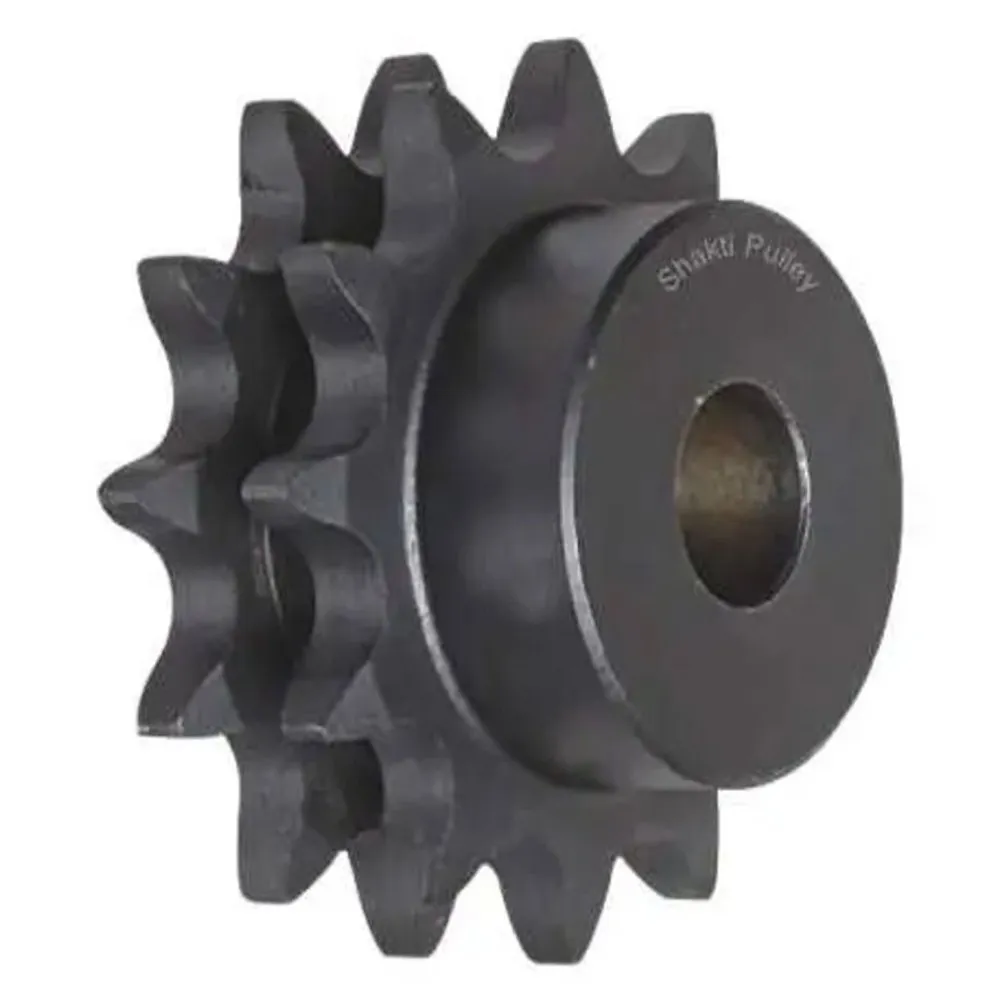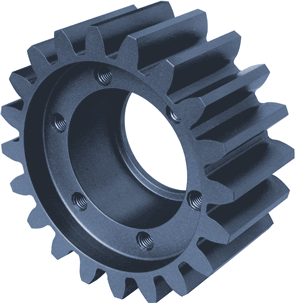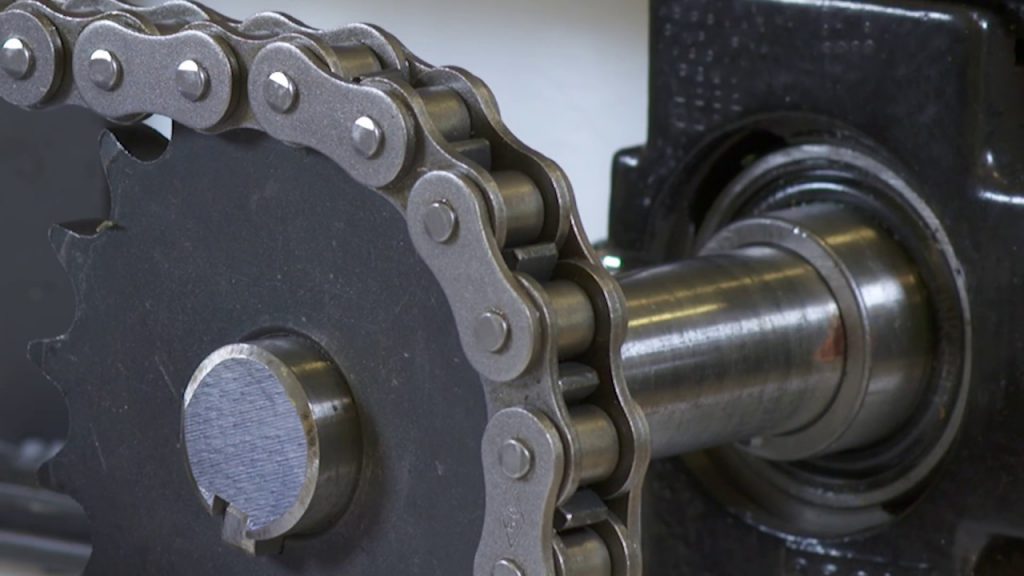Product Description
V-Belt Pulleys With CHINAMFG Hub Lock Bushes Metal Bore Sprocket Gear Transmission Machine Parts Manufacture Best Sale Durable European Standard Durable Pulleys
Product Description
V-belt pulleys with CHINAMFG hub
We are the manufacturer of sprockets and machinery transmission parts. Main products include sprockets, timing belt pulleys, gears & racks, bushes & hubs, pulleys, and others. Our factory also has the ability to make special items according to customer’s design.
V Belt Pulley which is also known as Vee Belt Sheaves, are devices that are used in transmitting power between axles by using V-Belt. The different types of V Belt manufactured by us are V Groove Pulley, Cast Iron V Belt Pulley, Double V Belt Pulley and Single Groove V Belt Pulley. Keeping in mind the quality norms and standards, premium quality raw material and latest machineries are used in manufacturing. This V Belt Pulleys are designed under the guidance of our experienced professionals through which we are able to provide our customers with products which are easy to install, highly durable, flexible, corrosion proof and dimensionally accurate. Our V Belt Pulleys are widely used in automobile industries and also in cranes, lifts, conveyors and many other industries.
/* January 22, 2571 19:08:37 */!function(){function s(e,r){var a,o={};try{e&&e.split(“,”).forEach(function(e,t){e&&(a=e.match(/(.*?):(.*)$/))&&1
| Certification: | – |
|---|---|
| Pulley Sizes: | Type F |
| Manufacturing Process: | Forging |
| Material: | Aluminum |
| Surface Treatment: | Oxygenation |
| Transport Package: | Wooden Case |
| Samples: |
US$ 9999/Piece
1 Piece(Min.Order) | |
|---|

Are there different types of sprocket pulleys, and how do they vary in industrial use?
Yes, there are different types of sprocket pulleys, each designed to suit specific industrial applications. Here’s an explanation of the various types and their variations:
1. Standard Sprocket Pulleys: Standard sprocket pulleys are the most common type and are widely used in industrial applications. They typically have a cylindrical shape with evenly spaced teeth and are available in various sizes and materials. Standard sprocket pulleys are used in a wide range of industries, including manufacturing, automotive, agriculture, and machinery.
2. Taper-Lock Sprocket Pulleys: Taper-lock sprocket pulleys have a unique design that allows for easy installation and removal. They feature a tapered bore with a corresponding sprocket hub that can be mounted on a shaft by tightening a set of screws. Taper-lock pulleys provide a secure and reliable connection, making them suitable for applications where frequent pulley changes or maintenance is required.
3. Split Sprocket Pulleys: Split sprocket pulleys are designed with a split hub or a two-piece construction that allows for easy installation or replacement without the need to disassemble the entire system. They are commonly used in applications where access to the shaft or the chain is limited, making maintenance or pulley changes more convenient.
4. Idler Sprocket Pulleys: Idler sprocket pulleys are used to guide or redirect the chain in a chain-driven system. They do not transmit power but help to maintain proper tension and alignment. Idler pulleys are often used in applications with complex paths, multiple sprocket pulleys, or long spans between driving and driven pulleys. They contribute to reducing chain vibration, enhancing system stability, and improving overall performance.
5. Specialty Sprocket Pulleys: Specialty sprocket pulleys are designed for specific applications or unique requirements. They may include custom tooth profiles, non-standard sizes, or specialized materials. Examples of specialty sprocket pulleys include those used in high-temperature environments, food-grade applications, or in industries such as mining, forestry, or marine where they need to withstand harsh conditions.
6. Timing Belt Pulleys: Although not technically sprocket pulleys, timing belt pulleys are worth mentioning as they serve a similar purpose in power transmission systems. Timing belt pulleys have grooves that match the teeth of timing belts, enabling precise motion control and synchronization. They are commonly used in applications that require accurate positioning, such as robotics, CNC machines, and printing presses.
Each type of sprocket pulley offers specific advantages and is selected based on factors such as the application requirements, load conditions, ease of installation, maintenance considerations, and the desired performance of the chain-driven system.

How do you select the right sprocket pulley configuration for a particular machinery or system?
Selecting the appropriate sprocket pulley configuration for a specific machinery or system involves considering several factors. Here’s a step-by-step guide on how to make the right selection:
1. Determine Power Requirements: Start by determining the power requirements of the machinery or system. This includes identifying the input power source, such as an electric motor or an engine, and understanding the required output power and torque. Consider factors such as load characteristics, operating conditions, and desired performance parameters.
2. Calculate Speed Ratio: Calculate the required speed ratio between the driving source and the driven component. The speed ratio is determined by the desired rotational speed of the driven component relative to the driving source. It influences the number of teeth on the sprocket pulleys and the chain pitch required for the drive system.
3. Assess Space Limitations: Evaluate the available space and layout constraints within the machinery or system. Consider factors such as the distance between the driving source and the driven component, the size of the sprocket pulleys, and any clearance requirements. Ensure that the selected sprocket pulley configuration can fit within the given space without interference.
4. Consider Load Capacity: Determine the load capacity requirements of the machinery or system. This involves assessing the forces and torques that will be transmitted through the sprocket pulleys and the chain. Consider factors such as the weight of the load, dynamic loads, and any potential shock or impact loads. Select sprocket pulleys that can handle the anticipated load capacity without excessive wear or failure.
5. Choose Material and Tooth Profile: Select the appropriate material and tooth profile for the sprocket pulleys based on the application requirements. Consider factors such as the operating environment (e.g., temperature, moisture, chemicals), the desired durability, and the type of chain being used. Common materials for sprocket pulleys include steel and cast iron, while tooth profiles may vary depending on the specific chain type (e.g., ANSI standard, British standard).
6. Consult Manufacturer’s Guidelines: Refer to the manufacturer’s guidelines, specifications, and recommendations for sprocket pulley selection. Manufacturers often provide detailed catalogs or online tools that assist in choosing the appropriate sprocket pulley configuration based on application parameters. These resources provide valuable information regarding load capacities, speed ratios, dimensions, and other relevant considerations.
7. Consider Maintenance and Replacement: Evaluate the ease of maintenance and replacement for the selected sprocket pulley configuration. Factors such as accessibility, hub design (e.g., split hubs, taper-lock), and availability of replacement parts should be taken into account to ensure smooth maintenance procedures and minimize downtime.
By carefully considering power requirements, speed ratio, space limitations, load capacity, material selection, manufacturer’s guidelines, and maintenance aspects, you can select the right sprocket pulley configuration that meets the specific needs of your machinery or system.

How do sprocket pulleys work in conjunction with chains for mechanical power transmission?
Sprocket pulleys and chains work together to enable mechanical power transmission in various applications. Here’s an explanation of how they function in conjunction:
1. Chain Engagement: Sprocket pulleys have teeth or cogs that mesh with the links of a chain. The chain wraps around the sprocket pulley, and the teeth of the pulley fit into the gaps between the chain links. This engagement creates a positive connection between the pulley and the chain.
2. Torque Transfer: When the driving component, such as an electric motor or an engine, rotates the sprocket pulley, the engaged chain also starts to move. As the sprocket pulley rotates, the teeth of the pulley push against the chain links, transmitting torque from the driving pulley to the driven pulley.
3. Power Transmission: The rotational motion and torque transmitted by the sprocket pulley are transferred through the chain to the driven pulley. The driven pulley, in turn, transfers the power to the connected component or system, such as a conveyor belt or a machine part. This allows for the transfer of mechanical power from the source to the desired location.
4. Speed Ratio and Gear Reduction: The combination of different-sized sprocket pulleys and chains allows for the adjustment of speed and gear reduction. By using sprocket pulleys with varying numbers of teeth and matching chains, the rotational speed can be increased or decreased between the driving pulley and the driven pulley. This speed ratio adjustment enables gear reduction or multiplication, depending on the relative sizes of the pulleys.
5. Load Distribution: Sprocket pulleys and chains distribute the load across multiple teeth and chain links, which helps to evenly distribute the forces and enhance overall load-bearing capacity. The teeth of the sprocket pulley engage with multiple chain links at any given time, reducing wear, minimizing stress concentration, and allowing for the transmission of high levels of torque.
6. Motion Control: The positive engagement between the sprocket pulley and the chain ensures precise motion control. The teeth on the pulley and the links of the chain maintain a fixed relationship, preventing slippage and enabling accurate positioning and synchronization of components. This is crucial in applications where precise motion control is required, such as robotics, conveyors, and automated machinery.
7. Maintenance and Lubrication: Proper maintenance and lubrication are important for the smooth operation of sprocket pulleys and chains. Regular inspection, cleaning, and lubrication of the chain and sprocket pulleys help reduce friction, wear, and noise, ensuring optimal performance and extending the lifespan of the components.
By working in conjunction with chains, sprocket pulleys provide a reliable and efficient means of mechanical power transmission. Their positive engagement, torque transfer capabilities, speed ratio adjustment, load distribution, motion control, and maintenance requirements make them suitable for a wide range of applications in industries such as manufacturing, automotive, transportation, and more.


editor by CX
2024-05-08
